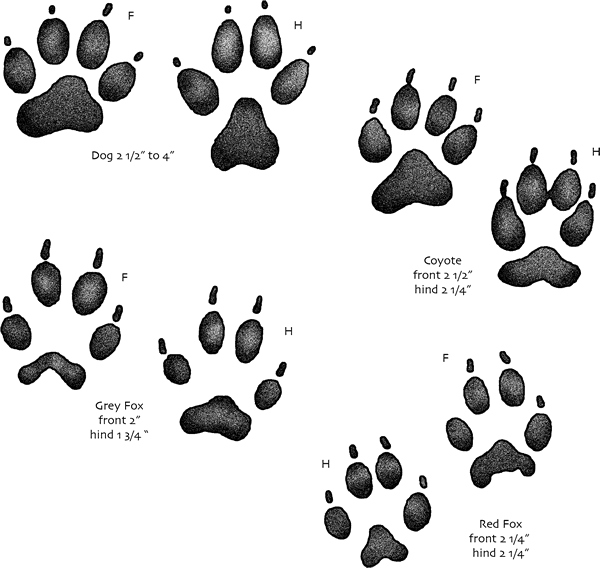New home for rasterio
As it's getting more use at work, I've moved rasterio to Mapbox's GitHub organization and wrote about it on the Mapbox blog. Mapbox is probably known more for Javascript, but has a lot of Python programs running at any moment and more in development.
What do I mean when I write that rasterio is Python software, not GIS software? There is GIS software under the hood, obviously, and rasterio would be nowhere without the excellent GDAL library. What I mean is that whenever faced with a design choice between the way something would be done in a name brand GIS program and the way it would be done in Python, I always choose the Python way. That means I/O is done via file-like objects. That means no reliance on side effects. Python dicts instead of GIS-specific types or microformatted strings. It means embracing Python idioms and protocols. Making things iterable and zip-able. It means PEP 8 and PEP 20.
This is not to say that I think Python is the best language for every application or that Python language design is always right. I'm increasingly a polyglot and I expect that you are, too, or will be soon. It seems clear to me that one of the main keys to successful polyglot programming isn't using interfaces that stick to the common features of languages, it's using the best parts of various languages to their fullest. I believe this means idiomatic Javascript in your Javascript programs (for example) and idiomatic Python in your Python programs. Celebrating Python is what I'm doing to make rasterio a better tool for polyglots.
Bill Dollins recently wrote about some of the characteristics of GIS software, and here is the crux of it:
So I have come to realize that the mainstream GIS community has become very much like my professor’s theoretical cat; conditioned to take the long way to the end result when more direct paths are clearly available. What’s more, they have become conditioned to think of such approaches as normal.
Python, on the other hand, is supposed to be direct, highly productive, and fun. I've chosen to make rasterio less like the GIS software Bill wrote about and more like ElementTree, simplejson, Requests, pytest, and Numpy – packages that make the most of Python's strengths.
By the way, I wrote to the Python Software Foundation's Trademark Committee to make extra sure that my derived work (the GeoJSON file at https://gist.github.com/sgillies/8655640#file-python-powered-json) was legit, and received a very clear and friendly response from David Mertz in the affirmative. I've been a reader of his articles for years and it was a pleasure to correspond with him at last. Python isn't just a great language, it's great people.

